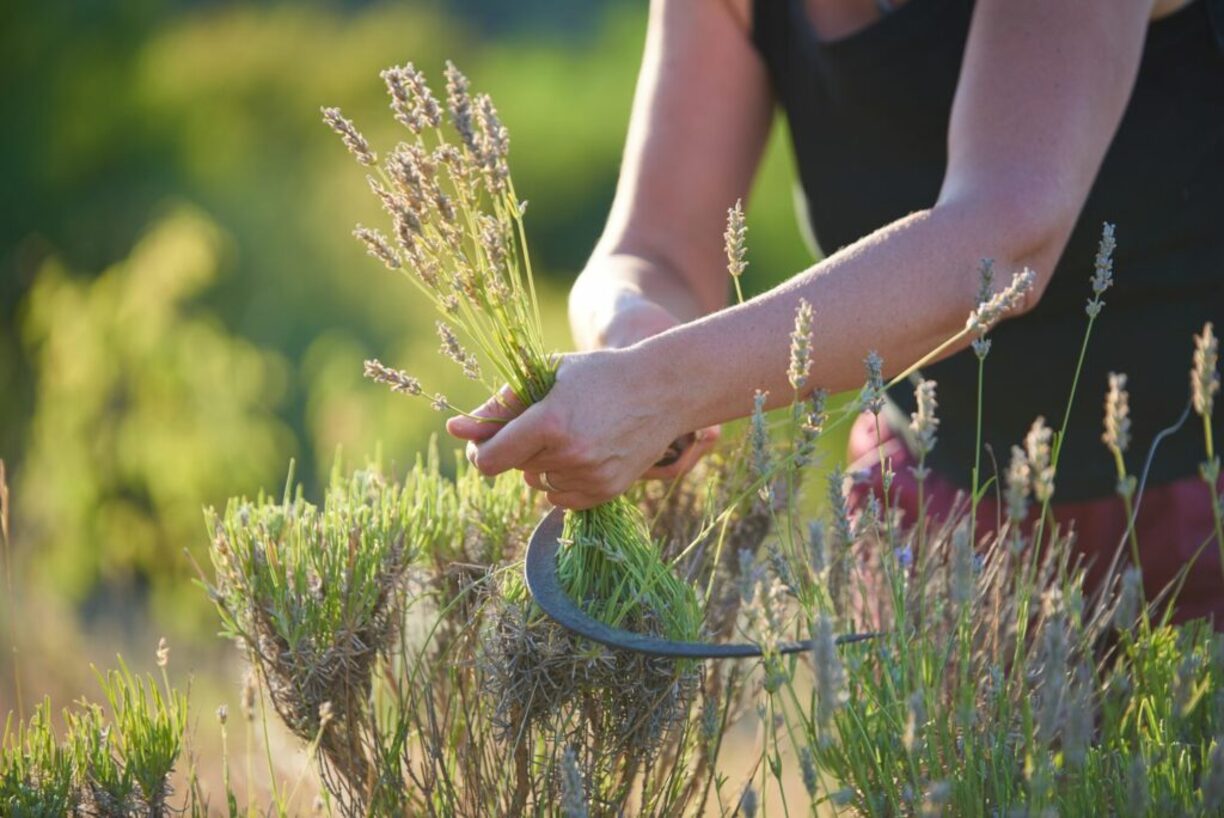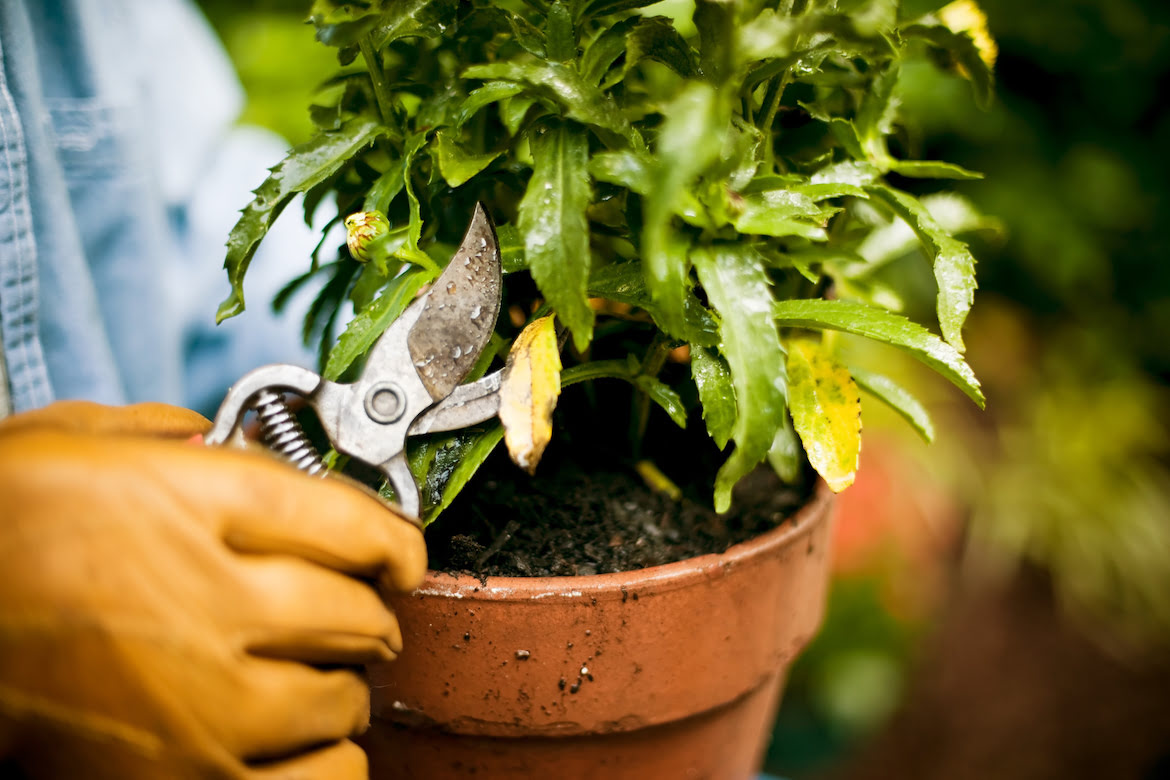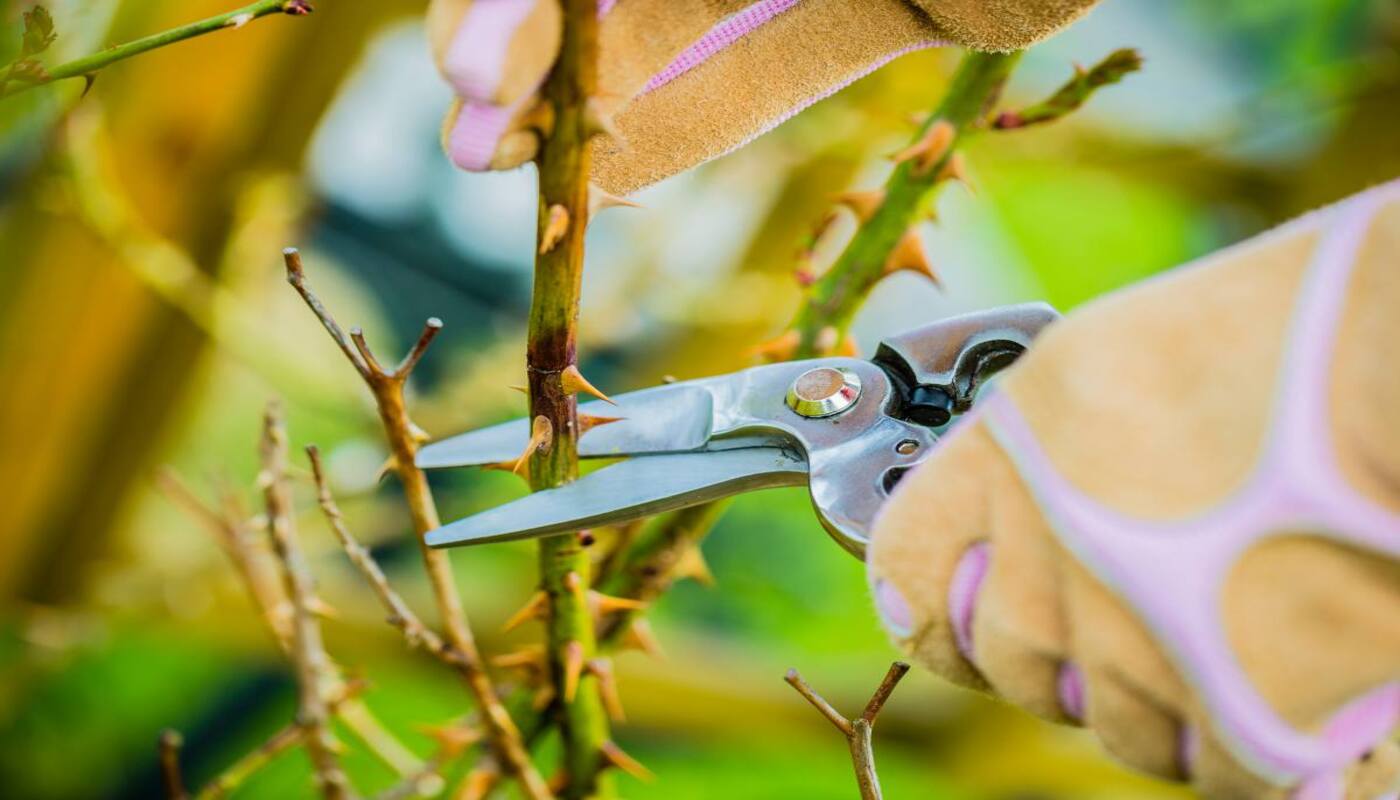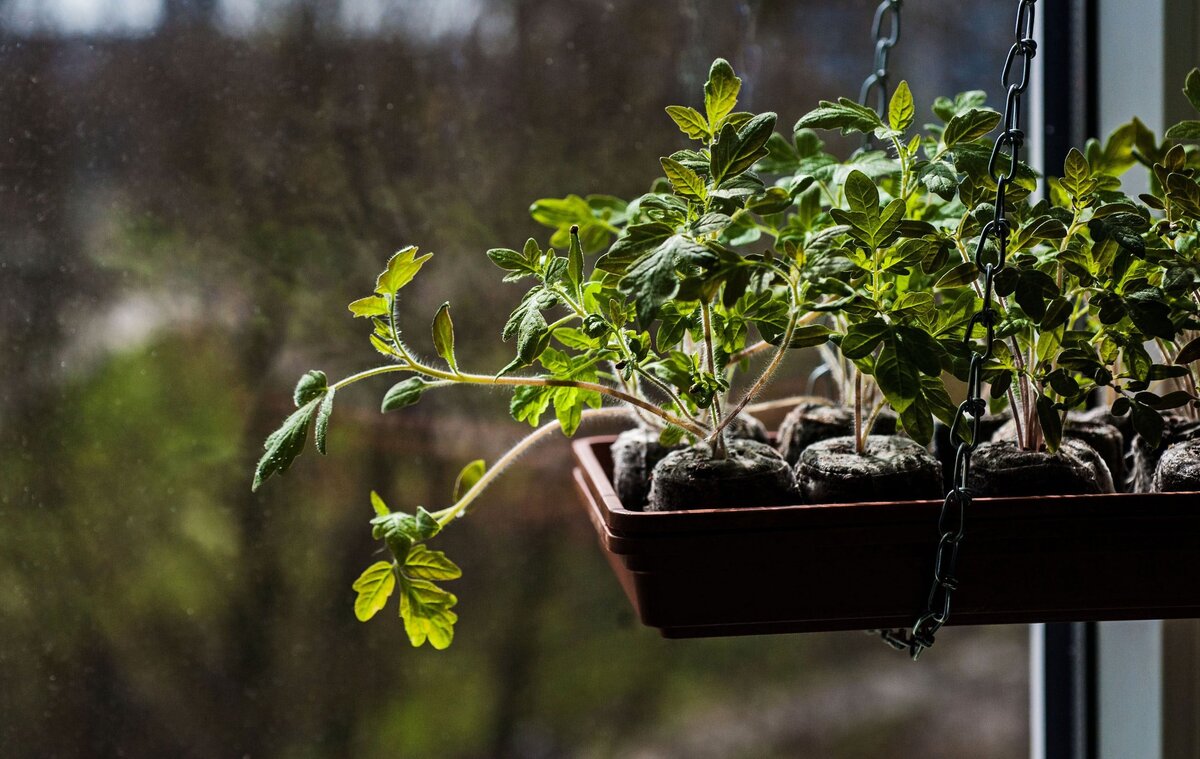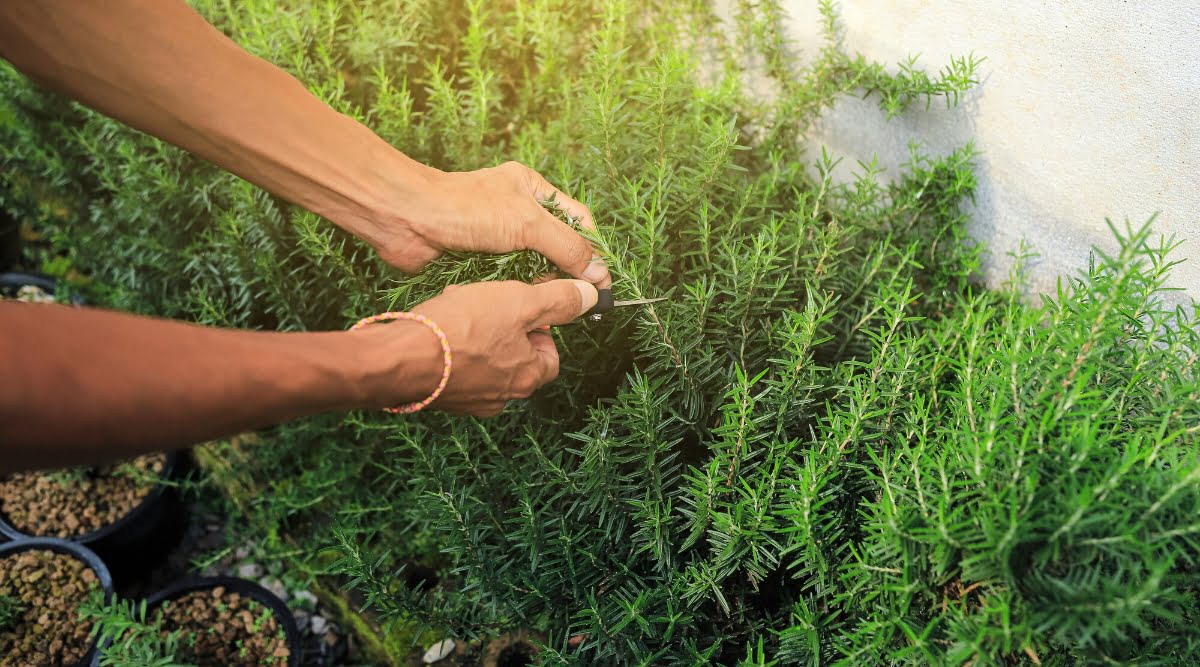Home>Gardening Techniques>Plant Care>When To Prune Cedar Shrubs
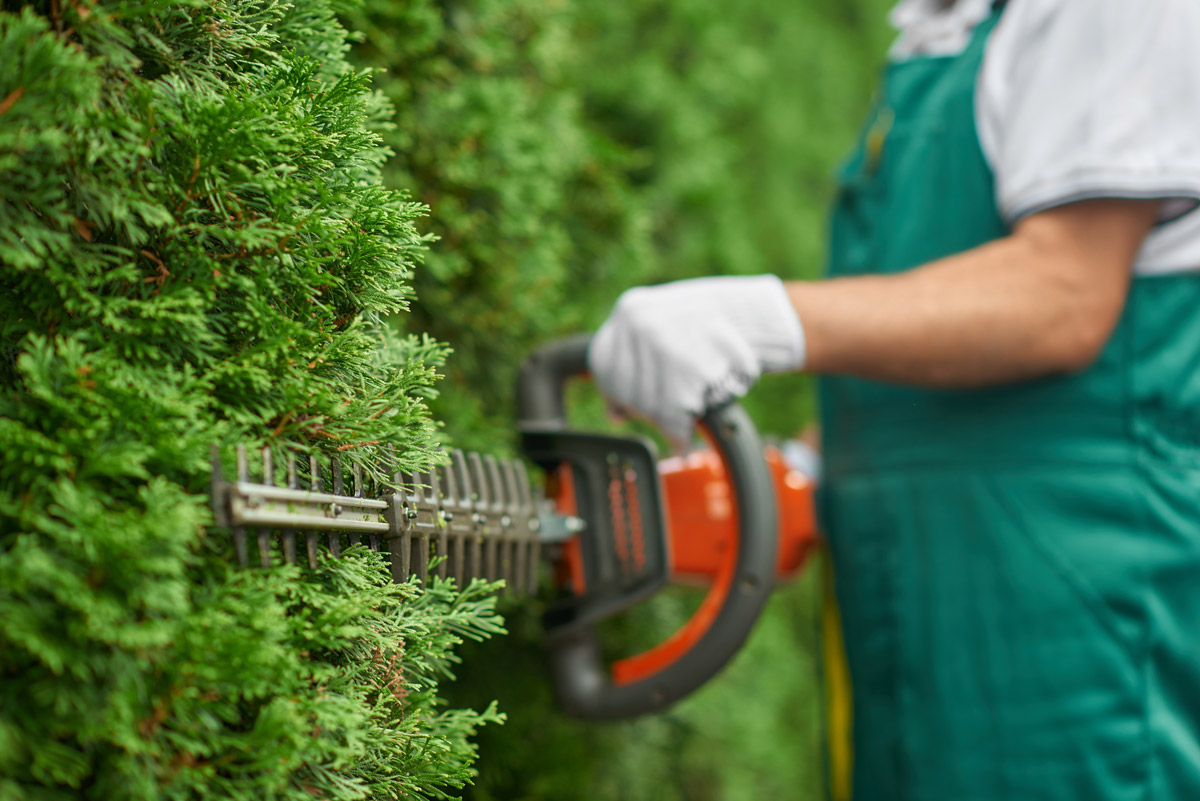

Plant Care
When To Prune Cedar Shrubs
Modified: January 22, 2024
Learn the best timing for pruning cedar shrubs and get expert tips on proper plant care to keep them healthy and thriving.
(Many of the links in this article redirect to a specific reviewed product. Your purchase of these products through affiliate links helps to generate commission for Chicagolandgardening.com, at no extra cost. Learn more)
Table of Contents
Introduction
Cedar shrubs are a beautiful and popular addition to any garden or landscape. With their vibrant green foliage and delightful fragrance, these shrubs provide both aesthetic appeal and practical benefits. However, to ensure the health and longevity of cedar shrubs, proper care and maintenance are essential. One crucial aspect of cedar shrub care is pruning.
Pruning is the process of selectively removing branches or parts of a plant to shape and maintain its optimal form. While pruning can be done on various plants, it is especially important for cedar shrubs to promote healthy growth, control size, and enhance their overall appearance. Knowing when and how to prune cedar shrubs is crucial to ensure the best results.
In this article, we will delve into the world of cedar shrub pruning and guide you on when and how to prune your cedar shrubs effectively. Whether you’re a seasoned gardener or a novice plant enthusiast, this comprehensive guide will equip you with the knowledge and tools needed to maintain vibrant and healthy cedar shrubs in your garden.
We will explore the benefits of pruning cedar shrubs, factors to consider before pruning, the best time to prune, essential tools and equipment needed, step-by-step instructions for pruning, helpful tips for success, and common mistakes to avoid. By the end of this article, you’ll be equipped with the expertise to transform your cedar shrubs into stunning specimens that thrive year after year.
Benefits of Pruning Cedar Shrubs
Pruning cedar shrubs offers a myriad of benefits that go beyond just aesthetic appeal. By regularly pruning your cedar shrubs, you can ensure their health, promote vigorous growth, and maintain an appealing shape. Here are some key benefits of pruning cedar shrubs:
- Promotes Healthy Growth: Pruning removes dead, diseased, or damaged branches, which can improve the overall health of the plant. By eliminating these branches, you enhance airflow and sunlight penetration, reducing the risk of fungal diseases and improving the shrub’s ability to photosynthesize.
- Controls Size: Cedar shrubs can grow quite vigorously, and without proper pruning, they may become overgrown and unruly. Pruning allows you to control the size and shape of the shrub, preventing it from outgrowing its space and encroaching on other plants or structures in your garden.
- Enhances Appearance: Pruning helps maintain a neat and visually appealing appearance for your cedar shrubs. By selectively removing branches, you can shape the shrub and create a more aesthetically pleasing form. This can be particularly important if you want to maintain a formal or structured look in your garden.
- Encourages Flowering and Fruiting: Some species of cedar shrubs produce beautiful flowers or ornamental berries. Pruning these shrubs at the correct time can help stimulate more abundant flowering and fruiting. Removing old or spent flowers can also redirect the plant’s energy into producing new growth and blooms.
- Maintains Safety: Over time, cedar shrubs can develop weak or overgrown branches, posing a safety hazard. Pruning removes these risky branches, reducing the chance of falling limbs and potential injuries to people or damage to property. Regular pruning also keeps the shrub’s growth in check, preventing it from interfering with structures, power lines, or pathways.
By recognizing and harnessing the benefits of pruning cedar shrubs, you can ensure the long-term health and vitality of these stunning plants while keeping your garden looking its best.
Factors to Consider Before Pruning
Before grabbing your pruning shears and diving into pruning your cedar shrubs, it’s important to consider a few key factors. Understanding these factors will help you make informed decisions about when and how to prune, ensuring the best outcome for your cedar shrubs. Here are some factors to consider before pruning:
- Plant Species: Different species of cedar shrubs have different growth habits and requirements. It’s crucial to identify the specific species of cedar shrub you have before pruning. Some species, like the Eastern Red Cedar (Juniperus virginiana), prefer minimal pruning and may have specific preferences for when to prune.
- Time of Year: The timing of pruning can vary depending on the species of cedar shrub and your location. Generally, it’s best to prune cedar shrubs during their dormant season, typically in late winter or early spring before new growth begins. However, some species may require pruning at different times. Research the specific needs of your cedar shrub before setting a pruning schedule.
- Plant Age and Health: The age and overall health of the cedar shrub should also be taken into account. Younger shrubs may require less extensive pruning, while older or unhealthy shrubs may need more substantial pruning to rejuvenate their growth and improve their health.
- Desired Shape and Size: Consider the desired shape and size for your cedar shrubs. Determine whether you want a formal, trimmed appearance or a more natural, relaxed look. The pruning style will vary depending on the desired outcome.
- Weather Conditions: Avoid pruning cedar shrubs during extreme weather conditions, such as heavy rain, freezing temperatures, or high winds. Pruning during these conditions can stress the shrub and impede its ability to recover properly.
- Tools and Safety: Ensure you have the proper tools and equipment for pruning cedar shrubs, including sharp bypass pruners, loppers, and protective gear like gloves and safety glasses. Safety should always be a priority when working with sharp cutting tools.
By considering these factors before pruning, you can make well-informed decisions that will ensure the health, beauty, and longevity of your cedar shrubs.
Best Time to Prune Cedar Shrubs
The timing of pruning plays a crucial role in the overall health and success of your cedar shrubs. Pruning at the right time ensures minimal stress on the plant and promotes optimal growth. While the specific timing may vary depending on the species and location, there are some general guidelines to follow. Here’s the best time to prune cedar shrubs:
Winter and Early Spring: The dormant season, which typically occurs in late winter or early spring, is the ideal time to prune most cedar shrubs. During this time, the shrubs are not actively growing, making it less stressful for them to recover from pruning. Pruning during the dormant season also allows for better visibility of the shrub’s structure and promotes new growth as the warmer spring weather arrives.
Avoid Pruning in Late Autumn: It’s generally recommended to avoid pruning cedar shrubs in late autumn. Pruning during this time can stimulate new growth, which may not have enough time to harden off before the arrival of winter. This new growth is more susceptible to damage from freezing temperatures.
Know the Species-Specific Needs: Different species of cedar shrubs may have specific requirements for pruning. Some species, like the Eastern Red Cedar (Juniperus virginiana), may benefit from minimal pruning and should be pruned sparingly. Research the specific needs of your cedar shrub to ensure you’re pruning at the optimal time for its growth and health.
Consider Regional Climate: It’s important to take into account the climate and weather conditions in your region. If you live in an area with harsh winter conditions, it may be best to wait until early spring to prune your cedar shrubs to avoid damage from extreme cold. Conversely, if you live in a milder climate, you may have more flexibility in the timing of pruning.
Keep in mind that there might be exceptions to these general guidelines based on specific circumstances. If you’re unsure about the best time to prune your cedar shrubs, it’s always recommended to consult with a local horticulturist or arborist who can provide tailored advice based on your specific location and cedar shrub species.
Tools and Equipment for Pruning
Having the right tools and equipment is essential for proper and effective pruning of cedar shrubs. These tools not only make the task easier but also help ensure clean and precise cuts, minimizing stress on the shrubs. Here are some common tools and equipment you’ll need for pruning cedar shrubs:
Pruning Shears: Also known as secateurs or hand pruners, pruning shears are a must-have tool for trimming smaller branches and stems. Look for bypass pruners, which have a curved blade that cleanly cuts the branch without crushing or damaging it.
Loppers: Loppers are longer-handled pruning tools designed for cutting thicker branches. They offer more leverage and reach, making them suitable for larger cedar shrubs. Choose loppers with sharp, bypass-style blades and comfortable handles for ease of use.
Pruning Saw: For cutting thick or woody branches, a pruning saw is indispensable. Look for a pruning saw with a sharp, curved blade designed for effortless and clean cuts. Some pruning saws also feature a folding mechanism for convenient storage and portability.
Pole Pruners: If your cedar shrubs are tall or hard to reach, a pole pruner can be a valuable tool. These tools have an extending pole with a pruning saw or lopper at the end, allowing you to reach higher branches without the need for a ladder. Ensure the pole pruner you choose is lightweight and easily adjustable.
Protective Gear: When pruning, it’s important to protect yourself from potential hazards. Wear sturdy gloves to protect your hands from thorns or sharp tools. Safety glasses or goggles can shield your eyes from debris. If you’re working near overhead branches, consider a helmet or hard hat for added protection.
Cleaning Solution: To prevent the spread of disease, it’s essential to clean your pruning tools between cuts and after each use. Prepare a cleaning solution of one part bleach to nine parts water and dip the blades of your tools into the solution before moving on to the next cut.
Investing in high-quality pruning tools will ensure durability, efficiency, and better results. Remember to keep your tools clean, properly maintained, and sharp for optimal performance.
Steps for Pruning Cedar Shrubs
Pruning cedar shrubs may seem daunting at first, but with the right approach, you can achieve excellent results. Follow these steps for pruning cedar shrubs to promote healthy growth and maintain their desired shape:
- Start with Sanitizing: Before pruning, sanitize your pruning tools by dipping the blades in a solution of one part bleach to nine parts water. This helps prevent the spread of diseases from one plant to another.
- Identify Problematic Branches: Inspect the cedar shrub and identify any dead, damaged, or diseased branches that should be removed. These branches can hinder the shrub’s health and appearance, so prioritize their removal.
- Remove Crossing or Rubbing Branches: Look for branches that cross each other or rub against one another, as they can cause damage and invite disease. Carefully remove one of the branches to alleviate the problem.
- Trim Overgrown or Wayward Branches: Identify branches that are growing too far from the desired shape or size of the shrub. Use sharp pruning shears or loppers to trim these branches back to an appropriate length or point of growth.
- Thin Out Dense Foliage: If the cedar shrub has a dense canopy that obstructs light and airflow, selectively remove some of the interior branches. This thinning helps improve air circulation and reduces the risk of fungal diseases. However, be cautious not to over-prune, as this can stress the shrub.
- Shape the Shrubs: To maintain a specific shape or form, carefully shape the cedar shrub by pruning the outermost branches. Step back periodically to assess and adjust as needed. Keep in mind the natural growth habit of the specific cedar shrub species.
- Monitor and Assess: Regularly monitor the growth of your cedar shrubs and make note of any new dead, damaged, or diseased branches that may require pruning in the future. Assess the overall health and shape of the shrub to determine if further pruning is necessary.
Remember to take your time during the pruning process and step back frequently to evaluate your progress. Pruning is a gradual process, and it’s better to make small, intentional cuts rather than removing large portions all at once. By following these steps, you can effectively prune your cedar shrubs and maintain their vitality and beauty.
Tips for Pruning Success
Pruning cedar shrubs may seem straightforward, but a few tips can help you achieve the best possible results. By following these tips, you can ensure pruning success and maintain the health and beauty of your cedar shrubs:
- Understand the Growth Habits: Familiarize yourself with the specific growth habits and requirements of your cedar shrub species. Different species may have different preferences for pruning and growth patterns, so understanding these nuances will guide your pruning decisions.
- Start with Sharp Tools: Use sharp and well-maintained pruning tools to ensure clean cuts that promote faster healing. Dull blades can cause damage to the branches, leading to potential disease or insect infestation.
- Follow Proper Pruning Techniques: Use the appropriate pruning technique for each cut. For smaller branches, use pruning shears for a clean cut just above a leaf node or bud. For larger branches, use loppers or a pruning saw to make a clean cut just outside the branch collar.
- Prune Conservatively: It’s better to err on the side of caution and prune gradually rather than removing too much at once. Over-pruning can stress the cedar shrub and impact its growth. Aim to remove no more than 25% of the shrub’s foliage in a single growing season.
- Step Back and Evaluate: Take breaks during the pruning process to step back and evaluate the shrub’s shape and balance. This allows you to make adjustments as needed and ensure a symmetrical appearance.
- Consider Professional Help: If you’re unsure about pruning or dealing with large, mature cedar shrubs, it’s worth consulting with a professional arborist or horticulturist. They can offer expert advice and ensure proper pruning techniques.
- Dispose of Pruned Materials Properly: Once you’ve completed the pruning, dispose of the pruned branches and debris properly. This helps prevent the spread of disease and keeps your garden tidy.
- Maintain Regular Pruning Schedule: Pruning is an ongoing process, so establish a regular pruning schedule for your cedar shrubs. This ensures consistent care and promotes healthy growth and appearance over time.
By incorporating these tips into your pruning practices, you can achieve optimal results and enjoy thriving and visually appealing cedar shrubs in your garden.
Common Mistakes to Avoid
Pruning cedar shrubs can be a rewarding task, but it’s important to avoid common mistakes that can harm the health and appearance of the plants. By being aware of these mistakes, you can ensure successful pruning and maintain the vitality of your cedar shrubs. Here are some common mistakes to avoid:
- Over-Pruning: Removing too much foliage at once can stress the cedar shrub and hinder its ability to recover effectively. Stick to the general guideline of removing no more than 25% of the shrub’s foliage in a single growing season.
- Pruning at the Wrong Time: Pruning cedar shrubs at the wrong time can disrupt their growth cycles and lead to adverse effects. Ensure you research the specific requirements of your cedar shrub species and prune during the appropriate dormant or growing season.
- Improper Pruning Techniques: Using incorrect pruning techniques can damage branches, create uneven cuts, and increase the risk of disease. Educate yourself on proper pruning techniques for different branch sizes and follow them accordingly.
- Ignoring Plant Health: Pruning should not be used as a fix for underlying health issues in cedar shrubs. Before pruning, ensure that any diseases or infestations are properly diagnosed and treated. Pruning alone will not solve underlying health problems.
- Ignoring Plant Shape and Growth Habits: Cedar shrubs have their own natural growth habits and shapes. Pruning without considering these factors can result in an unnatural or unbalanced appearance. Always aim to maintain the natural form of the shrub while shaping it to fit your desired aesthetic.
- Pruning Newly Planted Shrubs Too Soon: If you have recently planted cedar shrubs, it’s essential to allow them time to establish their root systems before pruning. Prune only after the shrubs have had a chance to acclimate to their new environment and show signs of healthy growth.
- Pruning During Extreme Weather: Pruning cedar shrubs during extreme weather conditions, such as freezing temperatures or high winds, can cause stress and damage to the plants. Choose calm, mild weather conditions for pruning to ensure the best results.
By avoiding these common mistakes, you can ensure that your cedar shrubs receive the proper care and pruning they need to thrive and enhance the beauty of your garden.
Conclusion
Pruning cedar shrubs is an essential aspect of their care and maintenance, promoting healthy growth and enhancing their appearance in your garden. By understanding the benefits of pruning, considering important factors, and following proper techniques, you can ensure the success of your pruning efforts.
Remember to prune cedar shrubs during their dormant season, typically in late winter or early spring, while also taking into account the specific needs of the species and your regional climate. Use the right tools and equipment for pruning, ensuring clean and precise cuts that minimize stress on the shrubs.
By following the steps for pruning and implementing helpful tips, you can shape and maintain your cedar shrubs to fit your desired aesthetic. However, be mindful of common mistakes to avoid, such as over-pruning, improper pruning techniques, and ignoring plant health.
Regularly monitoring and assessing your cedar shrubs will help you identify when pruning is necessary and maintain their health and appearance over time. Remember, pruning is an ongoing process, so establish a regular pruning schedule to ensure consistency and promote optimal growth.
By applying these practices and staying attentive to the needs of your cedar shrubs, you can enjoy vibrant, healthy, and visually appealing plants that enrich your garden for years to come.



